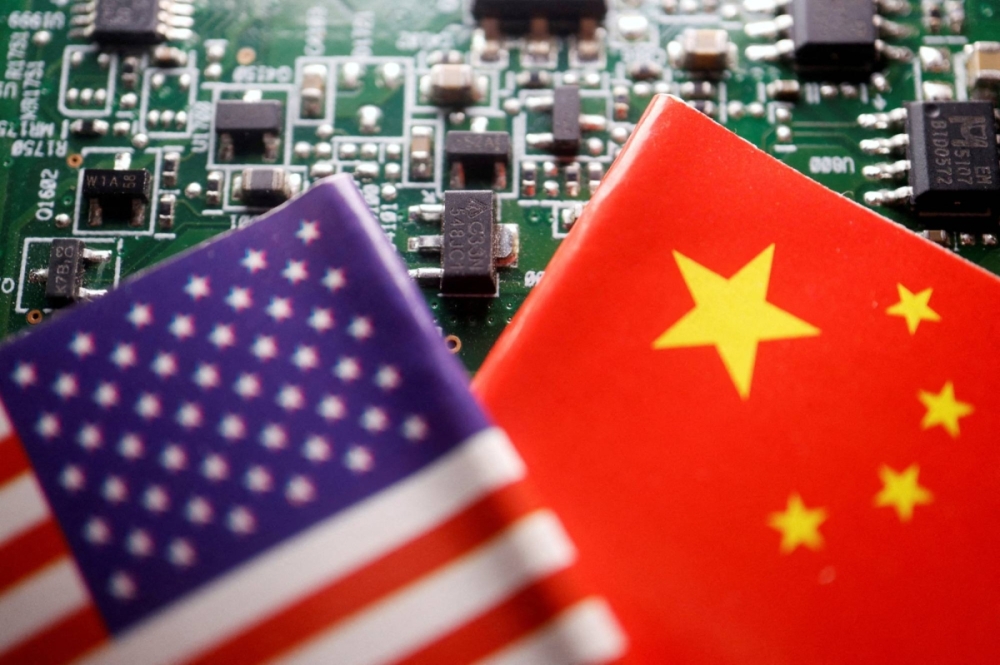The U.S. Patent and Trademark Office supplied the data this month to the House of Representatives’ select committee on China.
In June, it asked the agency whether U.S. funding resulted in Chinese breakthroughs, aiming to highlight what it views as the risks of renewing the pact.
According to the patent office, the agency granted 1,020 patents from 2010 through the first quarter of 2024 that were both funded at least in part by the U.S. government and involved at least one China-residing inventor.
The data does not detail whether U.S. entities or individuals share the patents.
The patents included 197 in pharmaceuticals and 154 in biotechnology, both strategic industries for China and the United States.
Funding from various U.S. government agencies supported the research, leading to 92 patents through Pentagon funding, 175 from Department of Energy money and four from NASA financial support.
The U.S. space agency faces prohibitions under U.S. law from cooperating with China or Chinese companies.
Funding from the Department of Health and Human Services yielded 356 such patents, the most of any agency.
“It’s alarming that U.S. taxpayers have unwittingly funded over 1,000 patents claimed by Chinese entities, with the Department of Defense accounting for nearly 100 of these patents,” the select committee’s chair, Republican Representative John Moolenaar, said in an email.

The patent office, NASA and the departments of defense, energy and health did not respond to requests for comment.
The State Department, which is responsible for renegotiating the China agreement, said it remains in communication with China about the accord.
“The United States remains committed to advancing and protecting U.S. interests in science and technology,” a department spokesperson said.
Liu Pengyu, a spokesperson for China’s embassy in Washington, said science and technology was an “open business.”
“We hope that some officials in the U.S. will abandon the Cold War mentality,” Liu said.
The data provided by the patent authority to the House committee in a letter dated Aug. 14 did not disclose specific projects or patents.
There was no indication that the funding was the direct result of the agreement, which, after its signing in 1979, laid the foundation for a boom in U.S.-China academic and commercial exchanges.
The patents covered advances in fields including semiconductors, molecular chemistry and polymers, chemical engineering, nanotechnology and medical technology.
Such patents dropped from an annual high in 2019 of 99 to 61 in 2023.
In 2024, 16 were recorded in the first quarter despite heightened U.S. government concern that Chinese science and technology advances present a national security threat.
Once hailed as a stabilizing force in U.S.-China relations, the cooperation agreement has come under fire from lawmakers concerned about Beijing’s growing military power and alleged theft of U.S. intellectual property.
Proponents of renewing the deal argue that ending it would stifle academic and commercial cooperation and prevent the U.S. from learning about China’s technical advances.
A second six-month extension to the agreement, which expired in August 2023, ended on Tuesday.
Another short-term extension could occur in the coming days as both sides have sought to renegotiate its terms.
The patents identified by the U.S. patent office represent a small fraction of China’s global patents.
Patents grant exclusive legal rights to inventors but also publicly disclose technical information about those inventions.
In one measure of global innovation, China has in recent years surpassed the U.S. to become the world’s leading filer of patent applications.

